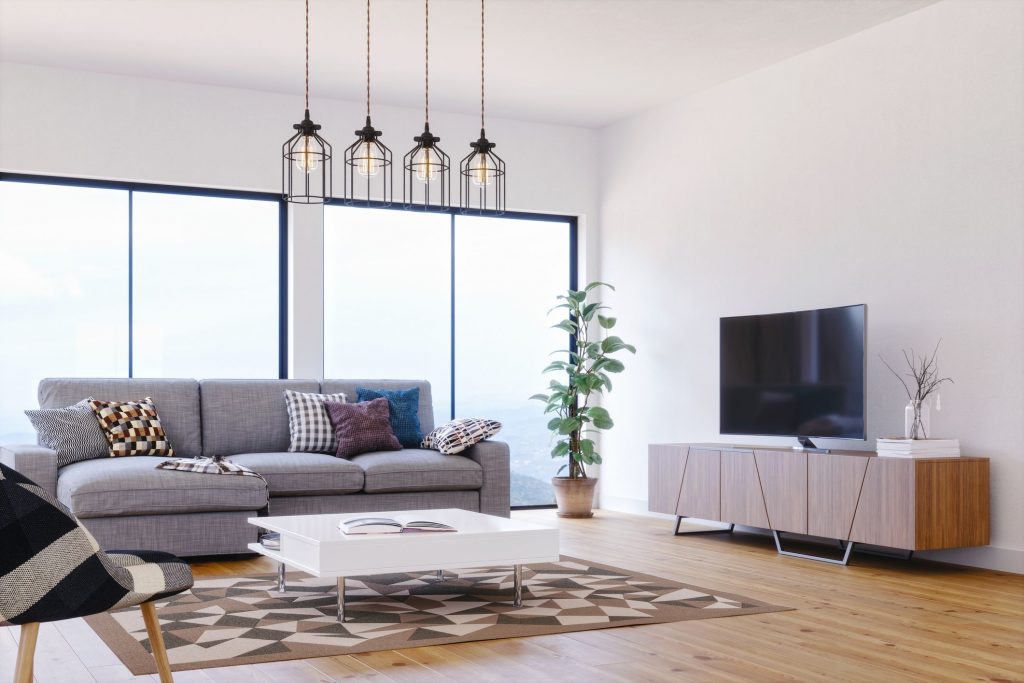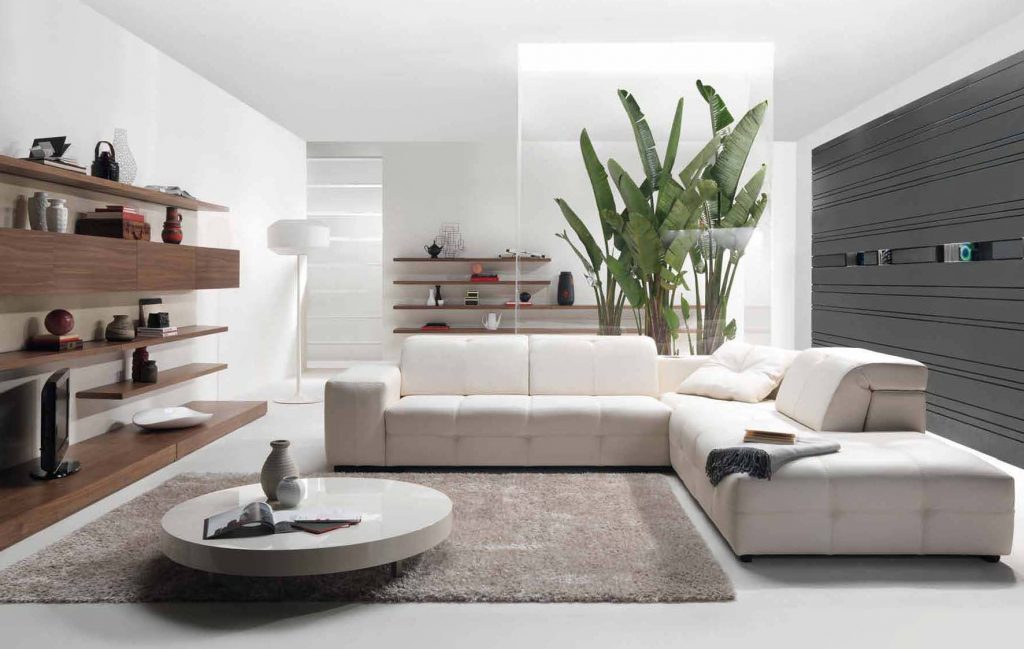Today we are going to share the most popular and best minimalist and modern styles in 2022. These two styles are sought after by many people. So what are their characteristics? Let’s take a look together next!
01 Simple style
Features: Simplicity, not equal to simplicity
The true minimalist design is not only the simplification of design elements, but also meets the requirements of people to reduce the pressure around them and advocate environmental protection. On the contrary, the designer’s design skills have higher requirements, that is, they can show a deeper charm in simple decoration, such as Cultural connotation, character traits, etc.
Historical development: The minimalist style was first proposed in Germany after the First World War in 1919 under the condition of serious lack of resources. With the rise of modern architecture and the emergence of various new materials, it was developed in 1999. Introduced to China in 2000, and developed rapidly.
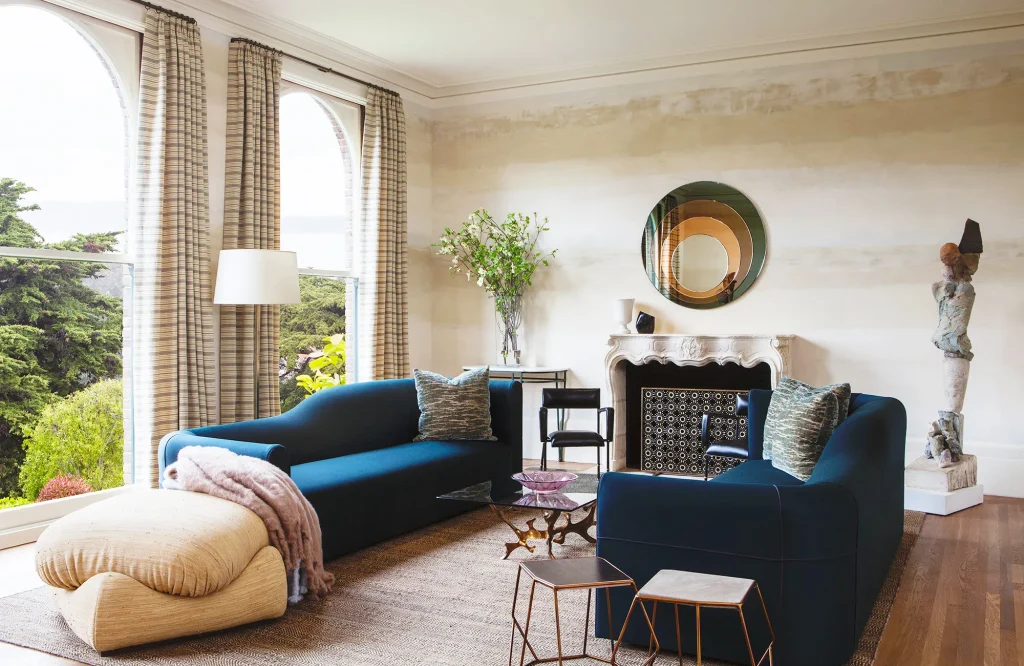



Three elements:
Shape: with regular geometric shapes as elements, lines mostly use straight lines to express modern functions.
Color: Use black, white, gray and other intermediate colors as the base color.
The connotation is expressed through color blocks, such as orange and other warm colors to express the warmth of the home, red, yellow, blue, green and other relatively jumping and bright colors enhance the sense of stimulation; materials: glass, metal materials, steel structures, etc. to broaden the vision sense and express the harmony of light and shadow.
Suitable for the crowd: People who want to get out of their busy work, don’t want to spend a lot of time on housekeeping and enjoy a simple life, senior white-collar workers, teachers, single people who are immersed in work, etc.
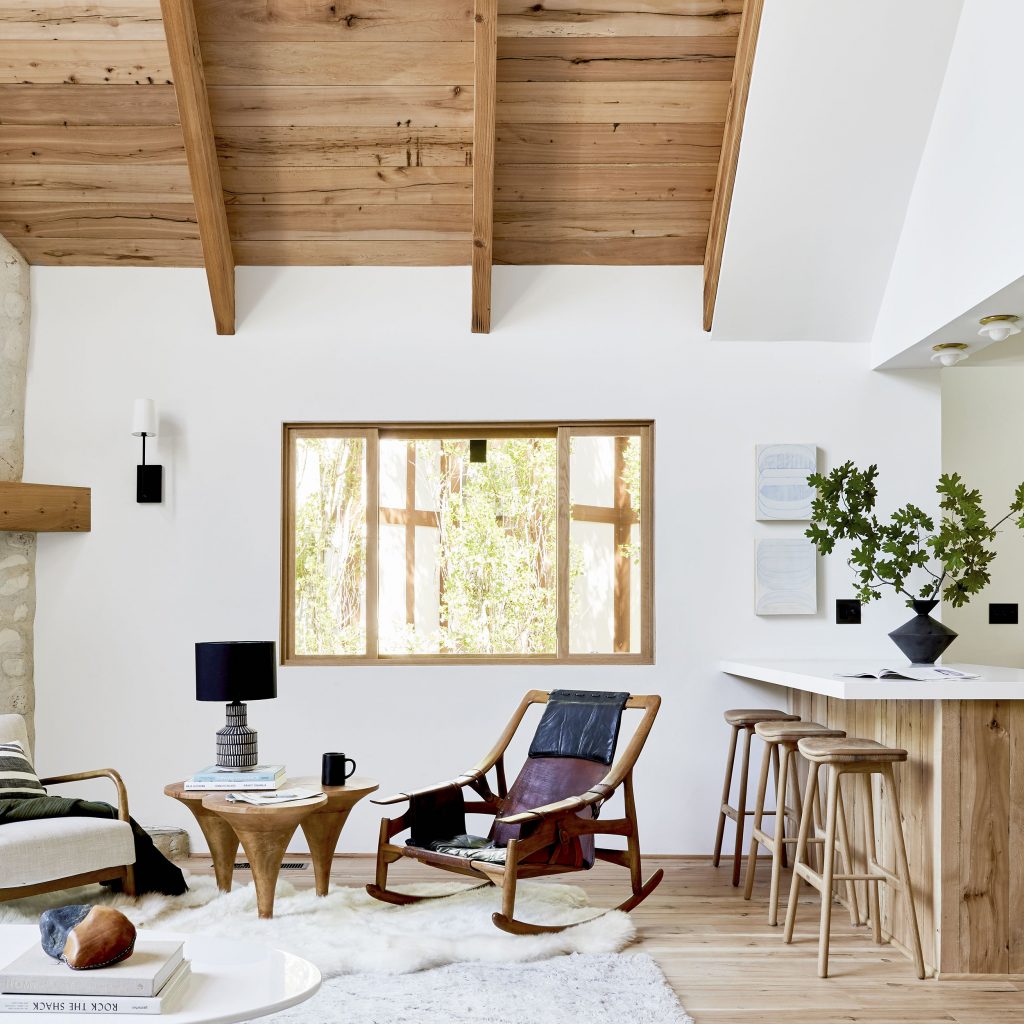


02 modern style
The style based on practical functionalism is the modern style, so it is also called the functionalist style, and because it is quickly popular all over the world, it is also called the international style.
Historical development: Modern origins from the Bauhaus school established in 1919, emphasizing breaking through old traditions, creating new buildings, emphasizing the performance of functions and spatial organization, paying attention to the beauty of the material itself, simple shapes, and opposing superfluous decorations.
Advocating reasonable composition technology, respecting the performance of materials, paying attention to the texture and color configuration effect of the material itself, and developing a non-traditional asymmetric composition method based on functional layout.
The Bauhaus school attaches great importance to actual craftsmanship, emphasizing the connection between design and industrial production.
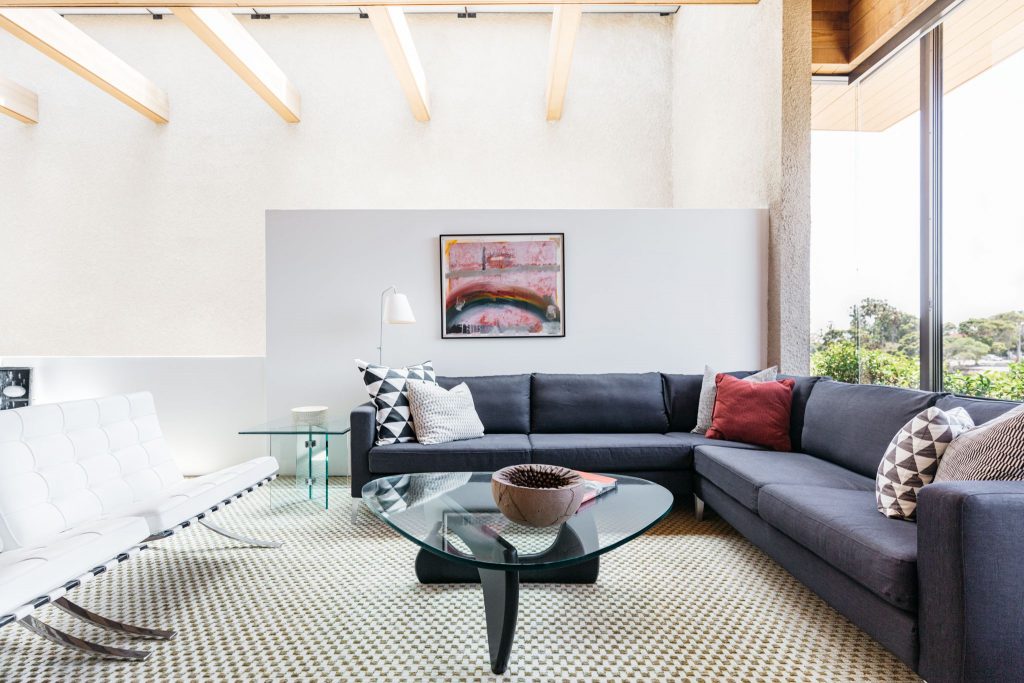
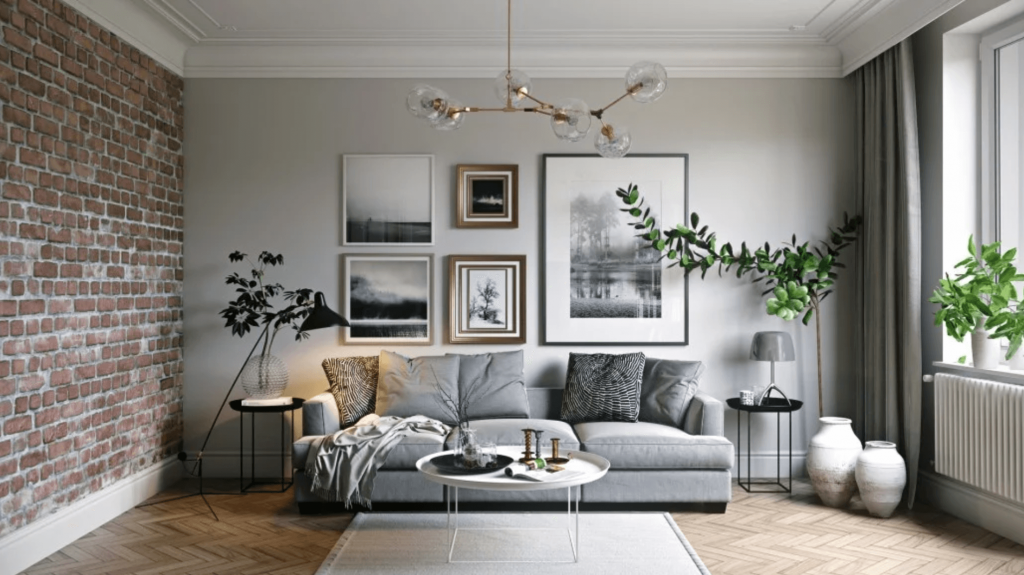
Three elements:
Shape: Consists of curved and asymmetrical lines. Such as flower stalks, flower buds, grape vines, insect wings and various beautiful and wavy shapes and patterns in nature, which are reflected in the decoration of walls, railings, window lattices and furniture.
The lines are some soft and elegant, some strong and rhythmic, and the whole three-dimensional form is integrated with the orderly and rhythmic curves.
Color: use white and gray as the keynote, and then match furniture of other colors according to the different requirements of home design to express individuality and tension.
Material: A large number of iron components are used, and new technologies such as glass and ceramic tiles, as well as iron products and ceramic products, are comprehensively used in the interior. Pay attention to indoor and outdoor communication.
Recommended crowd: Art lovers
